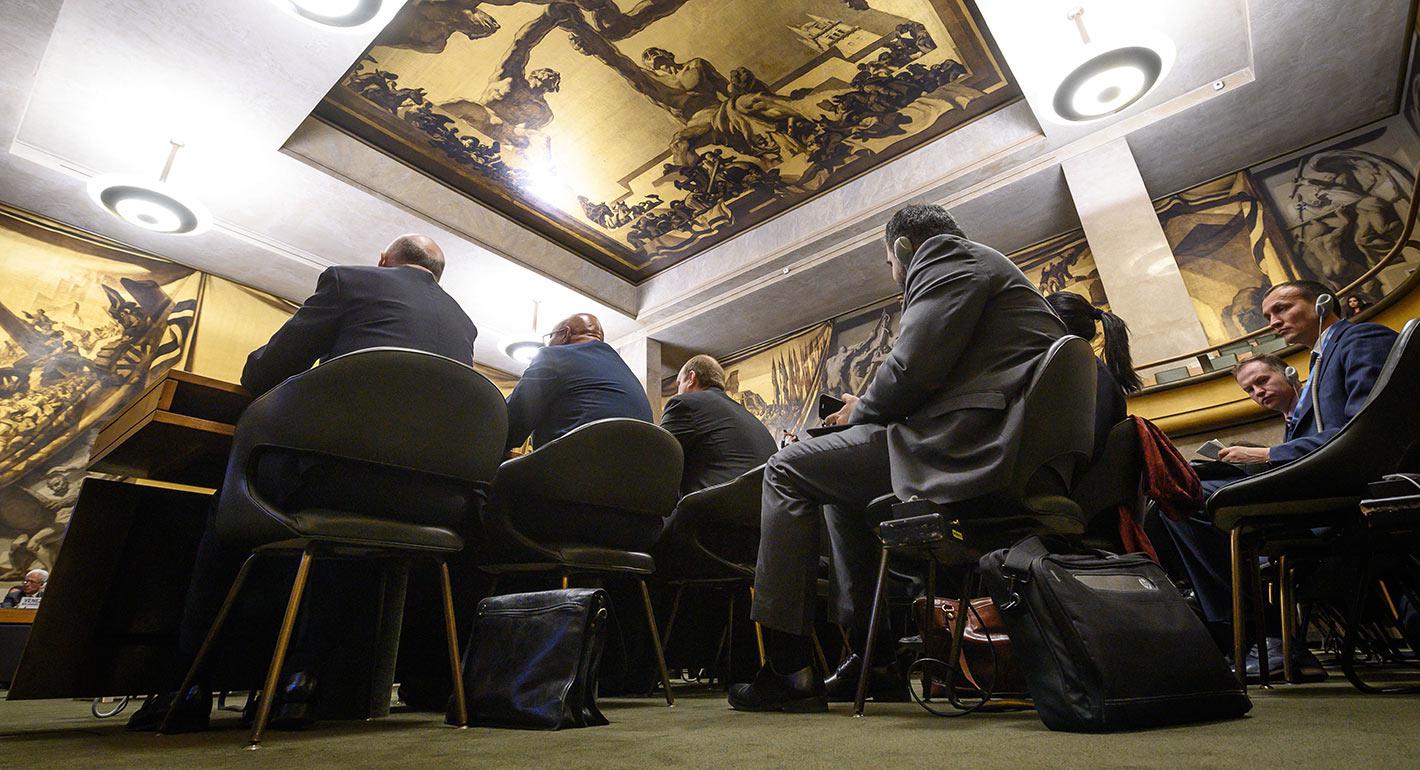Source: Washington Quarterly
Where is nuclear arms control—negotiated restraints on the deadliest weapons of mass destruction—headed? This 50-year tool of US national security policy is currently under attack. The New Strategic Arms Reduction Treaty (New START), the last remaining nuclear arms agreement with the Russian Federation, will go out of force in February 2021 unless it is extended for an additional five years as the treaty permits. At this moment, nothing is on the horizon to replace it, though the Trump administration has promised a new and more extensive agreement that includes China as well as Russia. The negotiators have scant time to finish such a treaty before New START ends.
Nuclear arms control is not “dead,” however, contrary to what is fashionable to proclaim these days. Humankind is now used to negotiated restraint, if only as a way to avoid building up arms that do not defend people and their interests on a day-to-day basis. If we overspend on nuclear weapons, then we underspend on other systems—not just conventional weapons, but also the intelligence, reconnaissance, surveillance, communications, and command-and-control systems needed to make our defenses effective every day. Budget and opportunity costs are at the heart of the rationale.
This article was originally published in the Washington Quarterly.





